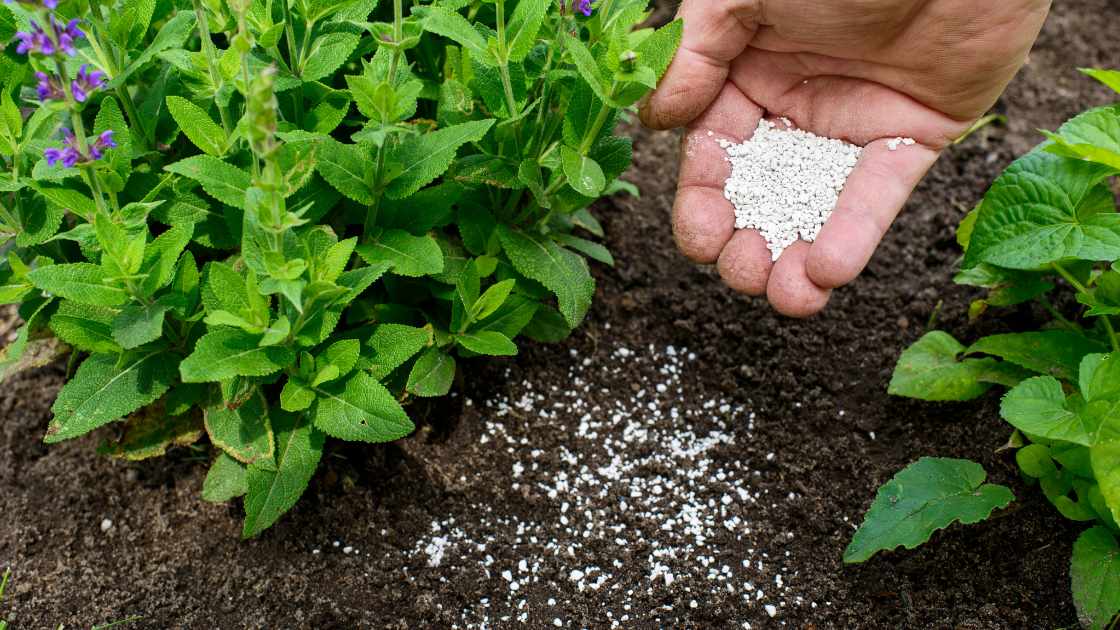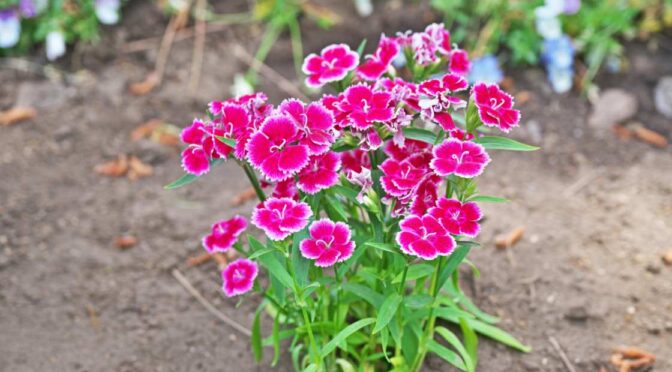Choosing the right fertilizer for your garden is crucial for ensuring healthy plant growth and a bountiful harvest. Fertilizers provide essential nutrients that plants need to thrive, and selecting the appropriate type can make a significant difference in the success of your garden. Here’s a comprehensive guide to help you choose the right fertilizer for your garden.
Understanding Fertilizer Basics
Fertilizers are substances that add nutrients to the soil, helping plants grow stronger and healthier. The three primary nutrients found in fertilizers are:
Nitrogen (N): Promotes leafy, green growth.
Phosphorus (P): Encourages root development and flowering.
Potassium (K): Helps with overall plant health and disease resistance.
These nutrients are often represented by the N-P-K ratio on fertilizer packaging, such as 10-10-10, which indicates equal parts of nitrogen, phosphorus, and potassium.
Step 1: Test Your Soil
Before choosing a fertilizer, it’s essential to know what your soil needs. Conducting a soil test will help you determine the pH level and nutrient content of your soil. You can purchase a soil test kit from a garden center or send a sample to a local cooperative extension office for a more detailed analysis. The results will indicate which nutrients your soil is lacking, guiding you in selecting the right fertilizer.
Step 2: Determine the Needs of Your Plants
Different plants have varying nutrient requirements. Understanding the specific needs of the plants in your garden will help you choose a fertilizer that will support their growth. For example:
Leafy greens (lettuce, spinach) benefit from higher nitrogen content for robust leaf growth.
Root vegetables (carrots, potatoes) require more phosphorus to develop strong roots.
Flowering plants (tomatoes, peppers) need a balanced fertilizer with sufficient potassium to promote blossoms and fruiting.
Step 3: Choose the Right Type of Fertilizer
Fertilizers come in various forms, each suited to different gardening needs:
Granular Fertilizers:
Slow-Release: These fertilizers gradually release nutrients over time, providing a steady supply to plants. They’re ideal for long-term feeding.
Quick-Release: These dissolve quickly and provide immediate nutrients to plants. They’re suitable for plants that need a quick boost.
Liquid Fertilizers:
Applied directly to the soil or foliage, liquid fertilizers are quickly absorbed by plants. They’re great for fast-growing plants that need immediate nutrition.
Organic Fertilizers:
Made from natural materials like compost, manure, and bone meal, organic fertilizers improve soil structure and fertility over time. They release nutrients slowly and are environmentally friendly.
Synthetic Fertilizers:
These are chemically manufactured and provide specific nutrient ratios. They’re highly effective but can lead to nutrient imbalances if not used correctly.
Step 4: Consider the Application Method
The method of applying fertilizer can affect its efficiency and the health of your plants:
Broadcasting: Spreading granular fertilizer evenly over the garden bed.
Side-Dressing: Applying fertilizer around the base of plants, usually during the growing season.
Foliar Feeding: Spraying liquid fertilizer directly onto the leaves for quick absorption.
Incorporation: Mixing fertilizer into the soil before planting.
Step 5: Follow the Instructions
Always follow the manufacturer’s instructions when applying fertilizer. Over-fertilizing can damage plants and lead to nutrient runoff, which can harm the environment. It’s better to apply less than to overdo it. If in doubt, consult with a local garden center or extension office for guidance.
Step 6: Monitor and Adjust
After applying fertilizer, monitor your plants for signs of improvement or distress. Healthy plants should exhibit vibrant growth, while yellowing leaves or stunted growth may indicate a nutrient imbalance. Adjust your fertilization routine as needed based on your observations and soil test results.
FAQs
How often should I fertilize my garden?
The frequency of fertilization depends on the type of fertilizer you use and the specific needs of your plants. Generally, slow-release fertilizers are applied once or twice per growing season, while liquid fertilizers may need to be applied every two to four weeks. Always check the instructions on the fertilizer package for the best results.
Can I use the same fertilizer for all my plants?
While some general-purpose fertilizers can be used for a variety of plants, it’s often better to choose a fertilizer tailored to the specific needs of each plant type. For example, leafy greens benefit from higher nitrogen content, while flowering plants may need more potassium.
What are the signs that my plants are over-fertilized?
Over-fertilized plants may show symptoms such as yellowing or browning leaves, wilting, or stunted growth. You might also notice a crust of fertilizer on the soil surface. If you suspect over-fertilization, reduce or stop fertilizing and water the soil thoroughly to help flush out excess nutrients.
Conclusion
Choosing the right fertilizer for your garden involves understanding your soil, knowing the needs of your plants, and selecting the appropriate type of fertilizer. By following these steps, you can ensure that your garden receives the nutrients it needs to flourish. Whether you’re growing vegetables, flowers, or shrubs, the right fertilizer will make all the difference in the health and productivity of your garden.



